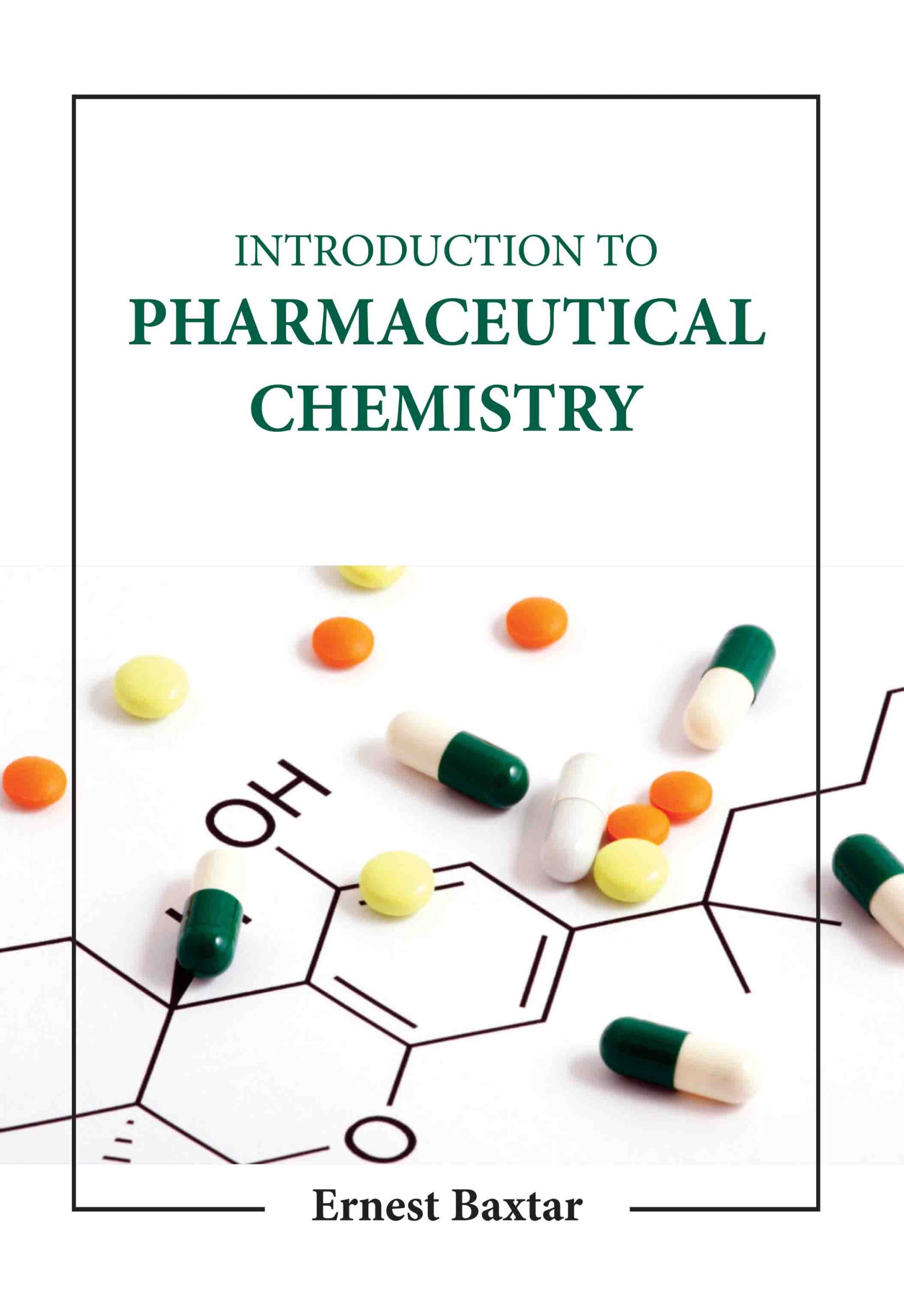
Availability
available
Original Title
Introduction to Pharmaceutical Chemistry
Subject & College
Series
Publish Date
2019-11-04
Published Year
2019
Publisher, Place
Total Pages
544
ISBN 13
9781119362722
Format
Hardcover and e-book
Country
India
Language
English
Average Ratings
Readers Feedback
Unlocking the World of Pharmaceutical Chemistry: A Critical Review
Introduction to Pharmaceutical Analytical Chemistry (Second Edition), authored by Stig Pedersen-Bjergaard, Bente Gammelgaard, and Trine Grønhaug Halvorsen, is a comprehensive and highly valuable textbook aimed...Read More
Dudhade Vaishnavi Raosaheb
Unlocking the World of Pharmaceutical Chemistry: A Critical Review
Introduction to Pharmaceutical Analytical Chemistry (Second Edition),
authored by Stig Pedersen-Bjergaard, Bente Gammelgaard, and Trine
Grønhaug Halvorsen, is a comprehensive and highly valuable textbook
aimed at students, researchers, and professionals in pharmaceutical and
analytical chemistry. The book delves into the fundamental concepts and
techniques essential for understanding the chemical analysis of
pharmaceutical substances, making it a cornerstone reference for those
working in pharmaceutical development, testing, and quality control.
One of the key strengths of this edition is its clear and structured
presentation. The text is divided into well-organized chapters that cover a
wide array of analytical techniques, from basic principles to practical
applications. The book offers an in-depth exploration of common
analytical methods such as spectroscopy, chromatography,
electrophoresis, and mass spectrometry. Each technique is explained in
detail, providing both theoretical foundations and real-world examples,
making complex topics accessible to readers with varying levels of
expertise.
The authors take a methodical approach to explain each technique's
principles, instrumentation, applications, and limitations. For example,
the section on chromatography elaborates on high-performance liquid
chromatography (HPLC), gas chromatography (GC), and their role in
pharmaceutical analysis, offering readers not only a deep understanding
of how these methods work but also insight into their practical
implementation in laboratories. Similarly, the chapters on spectroscopic
methods—like ultraviolet-visible (UV-Vis) and infrared (IR)
spectroscopy—give readers the tools to analyze pharmaceutical
compounds and assess the quality of drugs and formulations.
One of the standout features of the second edition is the added focus on
the analysis of biopharmaceuticals. As the pharmaceutical industry
increasingly turns to biopharmaceuticals like monoclonal antibodies,
peptides, and vaccines, the book updated content on the analysis of
these complex molecules is both timely and relevant. The new chapter
introduces readers to the chemical analysis of biopharmaceuticals,
exploring their unique challenges and the analytical techniques used to
ensure their quality, safety, and efficacy.
The book is also noteworthy for its practical orientation. Throughout the
text, the authors emphasize laboratory practices, sample preparation, and
the integration of theoretical knowledge into hands-on tasks. Each
chapter is enriched with detailed illustrations, tables, and figures that
help clarify concepts and methods. This visual support is especially
useful for students and professionals who need to visualize how
instruments work or how various methods are applied to real-world
scenarios.
Moreover, the book aligns well with regulatory guidelines and standards.
It references both the European and United States Pharmacopeia,
ensuring that the techniques and practices discussed are in line with
current industry regulations. This makes the book not only an excellent
academic resource but also a practical guide for professionals working in
quality control and regulatory compliance.
